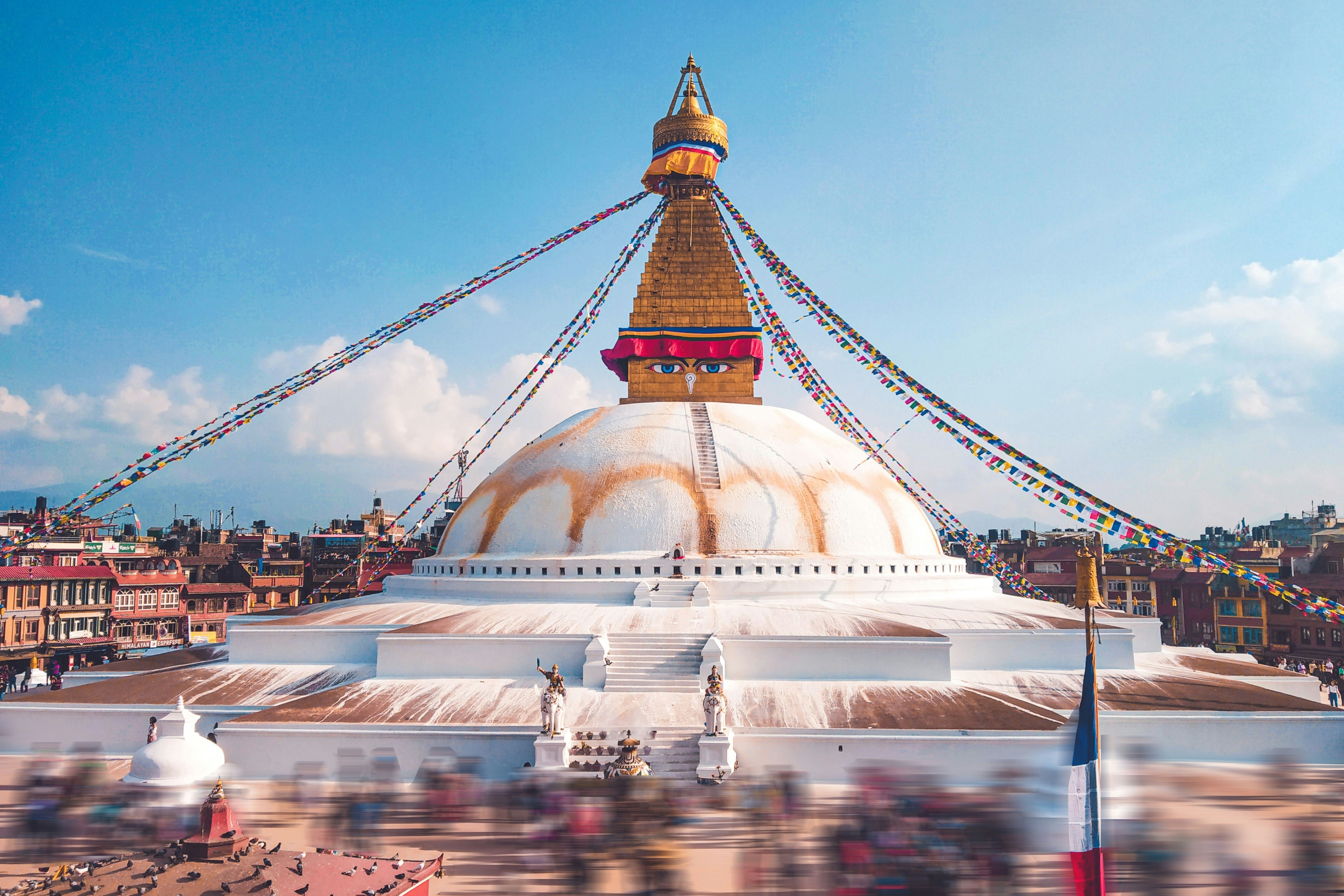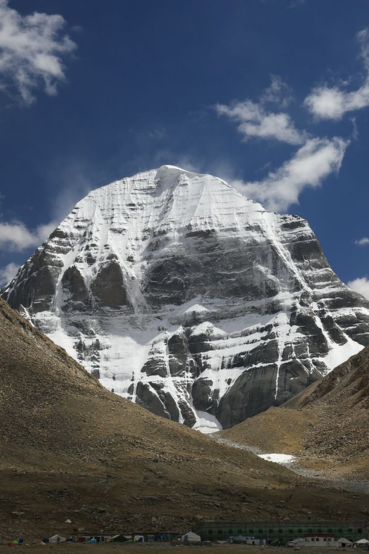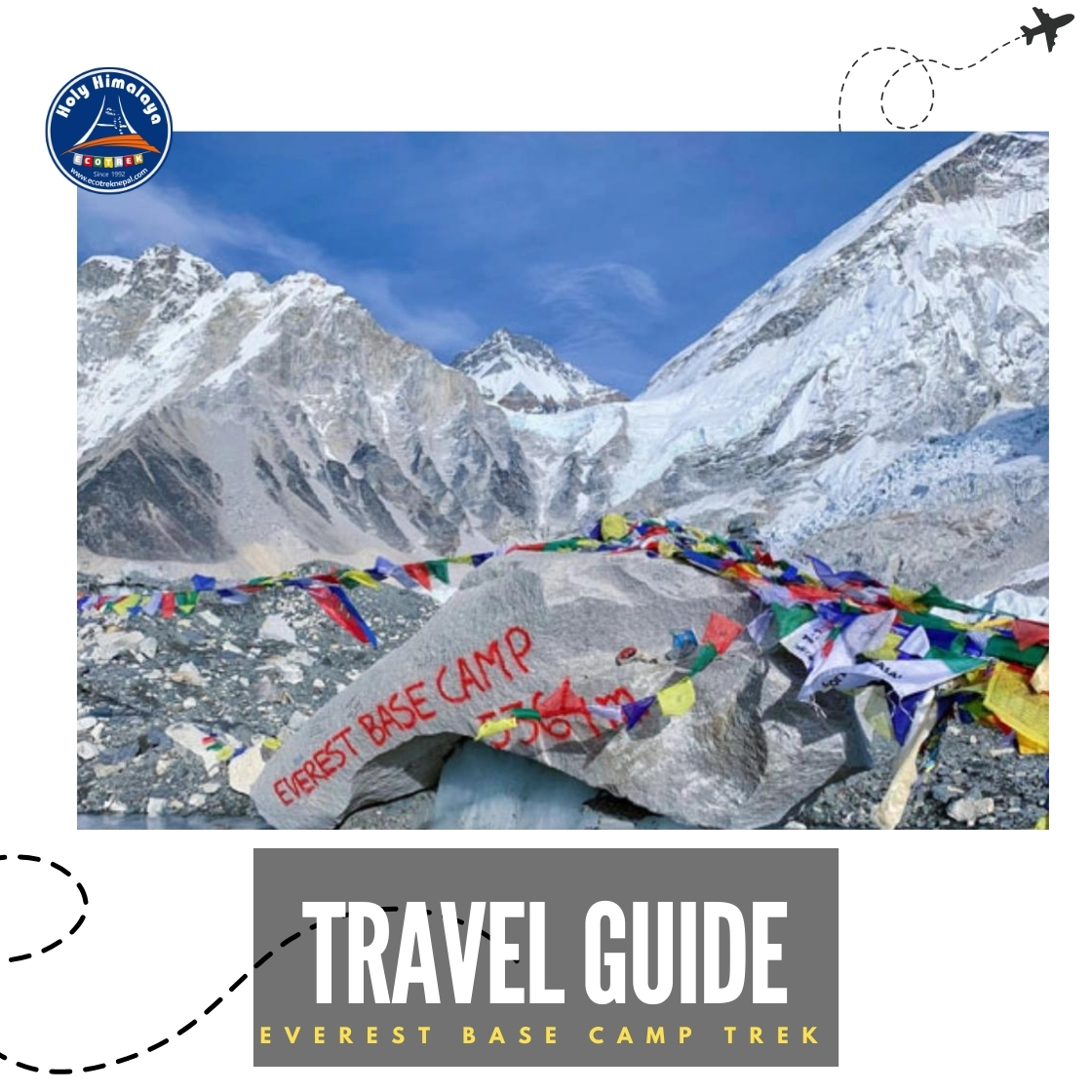Nepal is a country of living ancient customs and vibrant cultures. From the bustling markets of Thamel to the serene monasteries of Lumbini, Nepal's vibrant culture invites tourists to experience a world of intriguing customs and practices. Nepali travel customs are unique and tradition-bound and closely related to the way of life of people, giving an insight into their past and daily lives.
Whether you're mastering the art of giving a traditional Namaste greeting or grasping the significance of a tika blessing during festival times, these cultural learnings will add depth to your experience.

The travel culture in Nepal may seem unusual in the beginning, but it offers a rare opportunity to connect with the locals and their way of life. With every interaction, you'll be uncovering a new aspect of the nation's hospitality and warmth.
To get the best out of your trip, it's necessary to learn about these customs. Immerse yourself in the spirit of Nepal with these insider Nepal travel tips and prepare yourself to experience the culture like never before.
Eating with Your Hands
Undoubtedly, the most interesting and embedded Nepali travel custom is the use of the hands to eat. For any other culture, this is a prehistoric way of eating, but for Nepalis, it is a matter of daily living, especially at the time of eating. Not only is it convenient for Nepalis to eat with their hands, but also a gesture of respect for the soil that offers them food and for the food.
Eating using the hands, or rather the right hand, is said to allow for more intimacy with food and heighten sensory awareness. It's thought that tasting with the hands helps to increase the connection to the meal with all of one's senses—sight, smell, touch, and taste—in a deeper way. Meals like dal bhat (a lentil soup served with rice) in Nepali are often consumed in such a manner.

By combining the rice and dal in your hands, the very action becomes a ritual of sustenance and bonding with the food and the world around you.
Fun Tip: Visitors looking for an experiential cultural encounter should try to eat dal bhat with their hands at a homestay. Not only will this have them more involved in Nepali culture, but it gives one a sense of belonging, since food-sharing is such a respectful and social action in Nepal.
Connecting to Itinerary: Those trekking the Gosaikunda Trek or Langtang Valley Trek can enjoy a Nepali-style dinner at a homestay, both the hospitality of the Nepali people and the authentic flavor of Nepal. These treks offer a good blend of nature, culture, and cuisine and therefore represent an effective way of engaging with Nepali travel culture.
Tika Blessing
Tika blessing is one of Nepal's most precious cultural practices, especially during holidays such as Dashain, the biggest Hindu holiday in Nepal. Tika is a mixture of various colors, usually red powder, yogurt, and rice paste, applied on the forehead to symbolize protection, prosperity, and blessings from gods.
During Dashain, members of the family meet and exchange tika blessings as a ritualistic practice, and it is an honor to get such a gesture. For travelers, getting a tika blessing is a real way of becoming connected to the spiritual aspect of Nepali society.
It is an opportunity to connect with the local people and participate in a tradition that has been around for centuries, giving one a sense of belonging to Nepal's rich culture.

Fun Tip: Visitors must approach a local family or temple during periods of cultural festivities or celebrations in order to be blessed with a tika blessing, a priceless and memorable way of interacting with Nepalese spiritual culture.
Link to Itinerary: A cultural trip to Pokhara or Kathmandu during the times of festivals such as Dashain offers the greatest opportunity for visitors to undergo this sacred blessing. Both these cities experience a blend of temples and reunions of family, where visitors can observe and be a part of the tikka ceremony, thus becoming closer to Nepalese culture.
Cow is Sacred
In Nepal, cows are bestowed with the most religious status in Hinduism and are considered symbols of richness, wealth, and motherly love. Therefore, cows roam about freely in Kathmandu city and elsewhere in Nepal. They are never slaughtered and are treated with the highest respect.
Tourists need to respect and honor this sacred connection by not disturbing cows and not doing anything that can be considered disrespectful. From walking through a crowded marketplace to temples, cows are everywhere, symbolizing the spiritual connection between nature, religion, and Nepalese individuals.

Fun Fact: Tourists visiting Nepal can observe how the people treat cows and give them respect. It's such a nice reminder of how much people love the animals they live with. Just give cows room to roam freely and respect their position in society.
Link to Itinerary: Travel to Lumbini, the birthplace of the Buddha, offers an unparalleled opportunity for visitors to witness firsthand the sacred nature of animals like cows. The peaceful environment surrounding Lumbini gives visitors a firsthand experience of how deeply this reverence is entrenched in Nepali culture.
Don't Step Over Feet
Stepping over someone's feet is highly disrespectful in Nepali culture, especially if the individual is old. This is founded on the idea that it disrupts the flow of energy and causes dissonance in the harmony required for good luck and well-being. Tourists need to be particularly cautious to observe this cultural practice in busy public spaces or religious sites.
By not treading on people's toes, especially in temples or when interacting with elderly individuals, tourists show respect for the Nepali culture and people. In doing so, they establish a spirit of goodwill and harmony for one's stay in Nepal.

Fun Tip: Tourists should remain attentive while walking in crowded places or temples and make sure they step to the side of people without crossing anybody's feet. This little etiquette can lead to good cultural encounters and improved understanding of the locals.
Relevance to Itinerary: An easy stroll in and around the Swayambhu Stupa, also called the Monkey Temple, at Kathmandu provides a proper background to learn about this tradition. The peaceful environment serves a good ambience for residents as well as visitors to observe restraint, especially at a sacred place where all such practices are typically observed.
Shoes Off Indoors
In Nepal, the tradition of removing shoes while visiting houses, temples, or any other holy site is a social convention. This is a sign of purity, hygiene, and religious respect for places of worship. Visitors are required to remove their shoes when entering a local home or temple.
This tradition also helps to maintain these sites sacred and clean. For guests, this means understanding that shoes are left behind as a gesture of respect to the people and the place one is visiting.

Fun Tip: Guests should proactively bring along socks or sandals for comfort in visiting holy places or resident homes. This will ensure their experience is respectful and accessible, so they can enjoy the best time with the cultural experience.
Relation to Itinerary: Tourists can observe this practice at close range if they visit Bhaktapur Durbar Square or Patan Durbar Square within the Kathmandu Valley. Tourists walking through heritage sites will have to remove their shoes, a scenario that provides an insight into Nepali people's reverence for their religious sites.
Conclusion
Nepal’s unique customs may initially seem unfamiliar, but they offer a captivating glimpse into the country’s vibrant culture and deep-rooted traditions. Embracing these practices, whether it’s eating with your hands or receiving a tika blessing, will make your journey far more meaningful.
These cultural experiences allow you to connect with the local people and understand their way of life on a deeper level, enriching your overall travel experience. Engaging with Nepalese customs not only enhances your time in the country but also fosters mutual respect and understanding, allowing you to immerse yourself fully in the rich cultural tapestry of Nepal.

From the sacred reverence for cows to the simple yet powerful act of removing your shoes before entering sacred spaces, each custom reflects Nepal's respect for nature, spirituality, and humanity. So, step into Nepal’s colorful world and embrace the culture—your trip will be all the more memorable for it.
Remember, it’s not just the landscapes or the temples that make Nepal special; it’s the people and their traditions that truly make your experience unique. Share your moments of cultural discovery, and be sure to tag your adventures on social media to inspire others to explore the rich heritage of Nepal.








